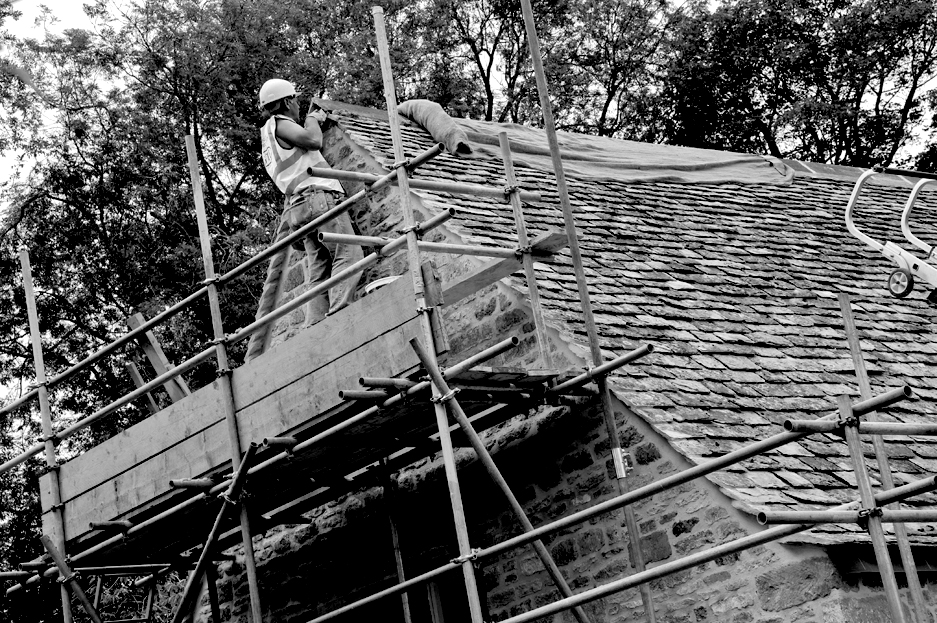Construction sites are particularly vulnerable to fire. The losses that follow can be high, in economic terms as well as through delays, injury or loss of life.

In 1992, the Joint Code of Practice on the Protection from Fire of Construction Sites and Buildings Undergoing Renovation was first published, in response to two significant fires that resulted in a combined loss in excess of £150 million.
The code provides guidance on fire safety on site as well as the prevention and detection of fire, and is widely supported across the industry. Previously, insurers had been questioning whether the provision of insurance for construction sites was economically viable.
The code covers activities through all stages of design, procurement and construction. Generally it applies to contracts with a value of more than £2.5 million, but it can also apply to lower value contracts which are considered to be high risk or which form part of larger projects.
Construction sites are particularly vulnerable to fire. The losses that follow can be high, in economic terms as well as through delays, injury or loss of life.
On some construction contracts, the parties will be required to indicate whether the code applies. Compliance with the code may also be a requirement of your insurance policies. Since its first publication in 1992, incidents of fire on site have reduced significantly.
Requiring compliance with the code in a construction contract can lead to a reduction in insurance premiums, however, failure to comply with the code could then result in the withdrawal of insurance which might be considered a breach of contract.
More information
Find out more about the guidance at the Fire Protection Association.




